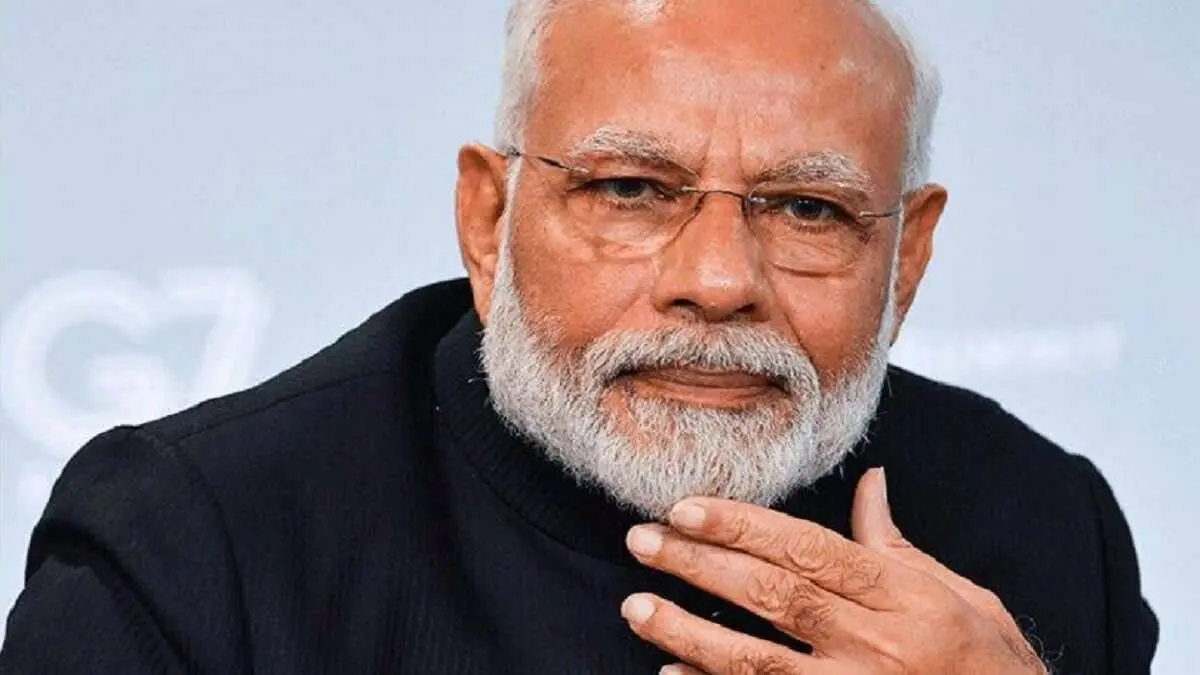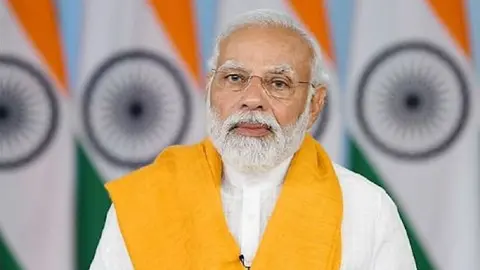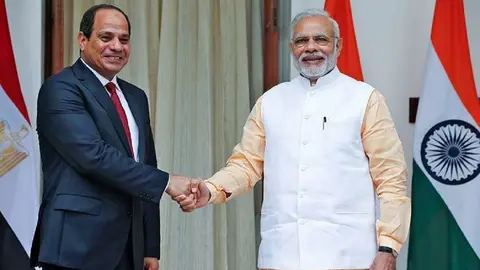Semiconductor as a geopolitical instrument for India

Semiconductor is rapidly becoming a major instrument in forwarding India’s geopolitical objectives. For long India has been taking strides in the domain of Information Technology. India’s skilled human resources have distinguished themselves in this field across the world, in particular in the Silicon Valley in the United States. Similarly a number of Indian IT companies have been making their presence felt at the global level.
India is now looking to leverage its position as one of the largest economies in the world and an important power in the Indo-Pacific Region to expand its outreach with technology as an instrument.
On this front semiconductor has become one of the most important components of India’s tech-diplomacy. Semiconductor, which is driving the Industrial Revolution 5.0, is crucial to propel India to the status of economic superpower. India has launched the India Semiconductor Mission and has approved a financial outlay of about $9.5 billion for this project.
While India is taking the right steps to become a semiconductor manufacturing hub, there are certain challenges. Semiconductor manufacturing is not just a means for India to become an economic superpower. India is supporting and inviting investments in the semiconductor industry to attain its geopolitical goals as well.
But India has very little base or infrastructure required to manufacture semiconductors. Besides, semiconductor manufacturing requires a steady flow of inputs from friendly countries. India’s semiconductor policy is designed to challenge China’s dominance in this sector and to create an alternate supply chain.
At present China is the largest market as well as one of the leading manufacturers of semiconductor. Around 60% of the global demand for semiconductor comes from China. Recently, the geopolitical rivalry between the United States and China has spilled over in the technology sector. Semiconductor is at the heart of the latest tech-war between the United States and China going on for past one year. In October last year, the United States imposed restrictions on the export of certain advanced chips used in military applications. As a response, in July this year, China put curbs on the export of germanium and gallium to the United States. These two metals are essential to manufacture semiconductors and electronics.
The United States is also backing India’s efforts to become a major hub for semiconductor manufacturing. In March this year, during the bilateral Commercial Dialogue 2023 between India and the United States, the two countries signed a Memorandum of Understanding to establish semiconductor supply chain and innovation partnership.
This Memorandum of Understanding seeks to establish a mechanism between the two countries on semiconductor supply chain resilience and diversification. This agreement will work under the United States’ CHIPS and Science Act and India’s Semiconductor Mission.
Further in June this year, during Indian Prime Minister Narendra Modi’s visit to the United States, Micron Technology, a United States-based company, in collaboration with India’s Semiconductor Mission will invest $800 million (which will progressively go up to $2.75 billion) for setting up a semiconductor manufacturing and test facility in Sanand in the western Indian state of Gujarat. This facility is expected to be operational by towards the end of 2024.
From July 28 to 30, 2023, India organized Semicon India 2023, a three day conference on semiconductors. This event was important to showcase India’s plan to expand its semiconductor manufacturing capacity and also to attract more investments in this sector. India’s consumption demand for semiconductors in 2022 was $24 billion. This demand is expected to go up to $80 billion by 2026 and up to $110 billion by 2030.
One of the highlights of Semicon 2023 was that Foxconn, a leading Taiwanese semiconductor manufacturing company, expressed its interest in investing in India. During a meeting with Modi, Foxconn’s chairman Young Liu supported India’s ambition to become a semiconductor manufacturing base.
This is a significant development since this cooperation indicates India’s readiness to deepen economic engagements with Taiwan. India does not have diplomatic relations with Taiwan, but has economic and cultural relations. Taiwan’s international status remains ambiguous. China claims Taiwan as a part of its own territory. Taiwan claims to be an independent country.
Engagements with Taiwan are considered as a counter to China. Countries like the United States, Japan and Australia have also been increasing their engagements with Taiwan in strategic and economic domain. Now India is also taking steps in this direction.
Outreach to Taiwan becomes important considering India’s own territorial disputes with China. Besides Taiwan is the largest manufacturer of semiconductors in the world. But it is heavily dependent on China for business. Greater cooperation with India would allow Taiwan to reduce its economic dependence on China and diversify supply chains.
Developing semiconductor hub would be an important economic milestone for India. At the same time, it would also be a geopolitical tool through which India would counter China
(Niranjan Marjani is an independent political analyst and researcher based in Vadodara, India specialising in international relations and geopolitics. His areas of work are Indian foreign policy, South Asia, Southeast Asia, the Indo-Pacific region, Central Asia and the Middle East. He contributes articles to Indian and international publications. He is a consulting editor of The Kootneeti Español, an Indian magazine on international relations published in Spanish. He also consults as a political risk analyst to Indian and foreign corporate entities).
Twitter: @NiranjanMarjani





